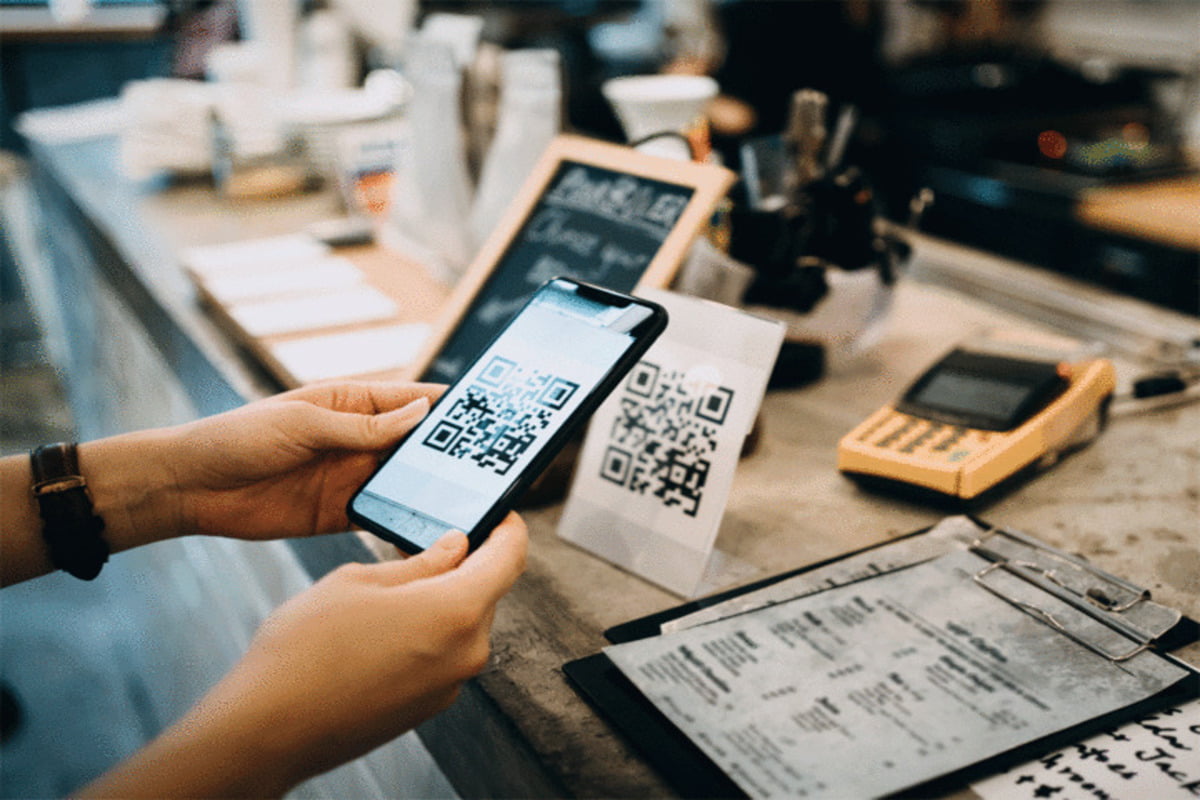A study found that more millennials (84%) are now using UPI while shopping online, and over 76% of Indians now prefer using UPI (unified payments interface) during online checkouts. According to new research from financial services technology supplier FIS, Indians are eager to explore and make purchases via applications and browsers as well as from social media platforms as the physical, digital, and virtual worlds merge.
Details About the Enhanced UPI Transaction
6.57 billion transactions of Rs 10.72 trillion were made using the UPI in August. Data from the National Payments Corporation of India (NPCI) show that year-over-year, the volume of transactions increased by 85% and the value by 67.85% (YoY). About 72% of respondents to the survey claimed that discounts and offers now serve as the primary motivator of their purchasing decisions on social networking platforms. Seventy-two percent of Indians say they would shop for food via social networking applications, compared to 78% who say they are likely to buy fashion items, including apparel, shoes, and accessories. In the upcoming 12 months, the report predicted that 63% would buy in-app/in-browser gift cards, and 55% would buy the insurance and financial goods. According to Harish Prasad, MD, Banking Solutions, India, FIS, embedded finance has the ability to significantly improve the customer payment experience provided by banks and other financial institutions and open up new growth opportunities for affiliated merchants. When making online purchases, Indians look for rapid gratification and incentives in addition to a hassle-free shopping experience. Reports said, “Although Indians reflect readiness to embrace embedded financial services, brands need to ensure transparency and safety to win the trust of customers.” Indians are eager to embrace the new metaverse area since they have expressed interest in purchasing real-world goods virtually in the future. In comparison to women, males (60%) are more eager to try out dating, socialising, and virtual activities in the metaverse (48 per cent).
